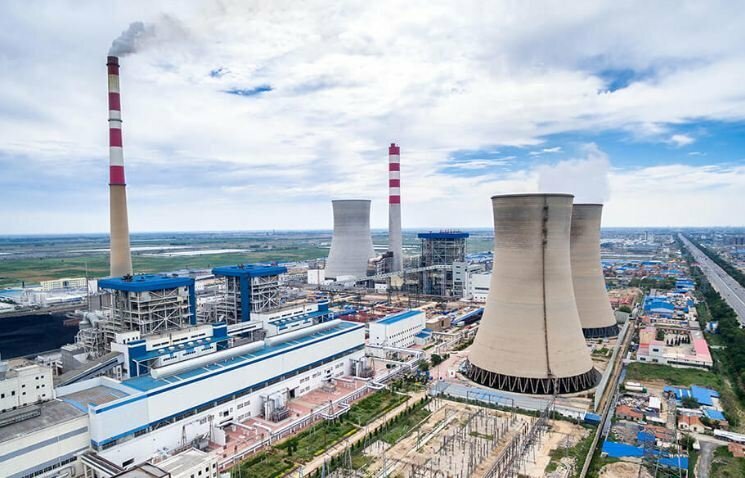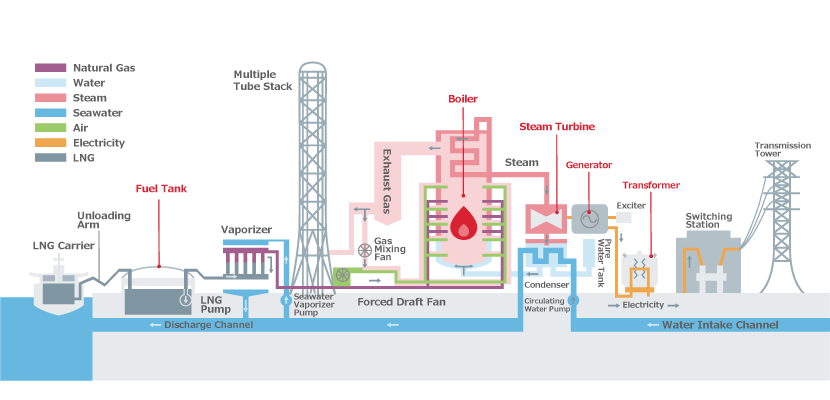As we dive deeper into the world of energy generation, it’s essential to understand the core mechanisms that drive one of the most powerful sources of energy on the planet: nuclear reactors. Let’s break down the process step-by-step to see how nuclear reactors harness the mighty atom to light up our homes and power our industries.
The Heart of the Matter: Nuclear Fission At the core of a nuclear reactor is the process of nuclear fission. Simply put, nuclear fission occurs when the nucleus of an atom, typically uranium-235, is struck by a neutron and splits into two smaller, lighter nuclei. This splitting releases a significant amount of heat energy and additional neutrons, which then propagate the process in a chain reaction. This controlled chain reaction is the powerhouse behind nuclear energy.
From Heat to Electricity: The Role of the Reactor Core The reactor core is where the magic happens. Packed with fuel rods composed of pellets of enriched uranium, the core is the site of the fission reaction. The heat generated from fission is intense, and it’s used to heat water, which plays a crucial role in the next stage of power generation.
Turning Turbines: The Secondary Loop In most nuclear reactors, a secondary water loop is heated by the primary loop but never comes into direct contact with the radioactive elements. This secondary loop’s water turns to steam under high pressure and drives a turbine. As the turbine blades spin, they drive generators that convert mechanical energy into electricity, which is then transmitted to the grid.
Cooling Things Down: The Condenser After the steam has done its work on the turbines, it passes into a condenser. Here, the steam is cooled back down into water by another water loop, often sourced from a nearby body of water. This cooled water is then recirculated back to the reactor core, and the cycle begins anew.
Safety First: Control Rods and Containment Safety is paramount in nuclear reactors. Control rods, made from materials that absorb neutrons, can be inserted into the reactor core to slow down or stop the fission reaction, effectively controlling the power output or shutting down the reactor in the case of an emergency. Additionally, the entire core is housed within a robust containment vessel designed to withstand extreme conditions and prevent any radioactive contamination from escaping into the environment.
Looking Ahead: Innovations and Improvements The future of nuclear power looks promising with advancements such as Small Modular Reactors (SMRs) and reactors designed to minimize waste and enhance safety. These innovations promise to make nuclear energy more accessible and even safer, ensuring its place in the energy landscape for decades to come.
Nuclear power remains a fascinating and crucial part of our global energy strategy, combining raw power with cutting-edge technology to meet our energy needs in a clean and efficient manner. As we continue to explore and innovate within this field, the potential for nuclear energy seems limitless.





Leave feedback about this